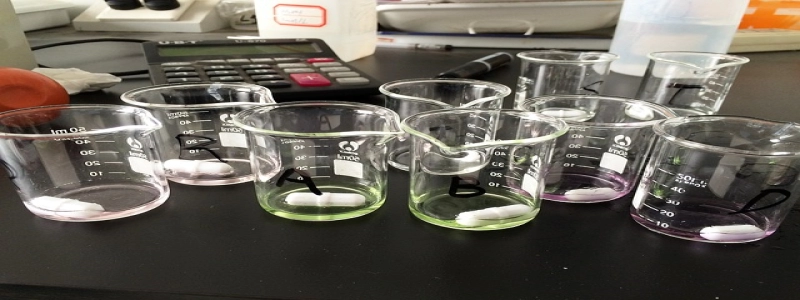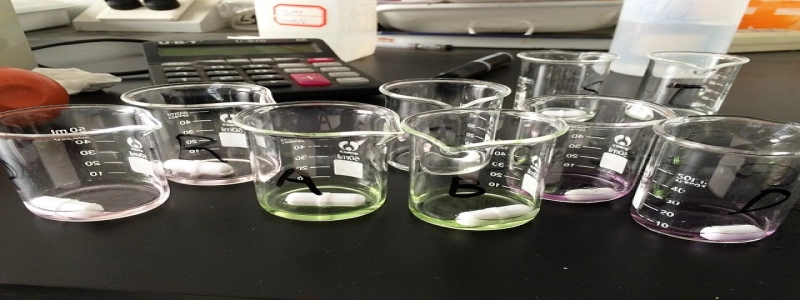Blue Laser Diode Array
én. Bevezetés
A. Definition of a Blue Laser Diode Array
B. Importance and Applications of Blue Laser Diode Arrays
II. History and Development
A. Early Development of Laser Diodes
B. Advancement towards Blue Laser Diode Arrays
C. Achievement of High Power and Efficiency
III. Structure and Function
A. Composition of a Blue Laser Diode Array
B. How Blue Laser Diode Arrays Work
C. Key Components and their Roles
IV. Advantages and Challenges
A. Advantages of Blue Laser Diode Arrays
B. Challenges in Developing Blue Laser Diode Arrays
V. Applications
A. Blu-ray Technology
B. Laser Projection Systems
C. Scientific and Industrial Research
D. Medical and Biomedical Applications
VI. Current and Future Trends
A. Present Market Status of Blue Laser Diode Arrays
B. Emerging Technologies and Innovations
C. Potential Future Developments and Applications
VII. Következtetés
A. Recap of the Key Points
B. Importance and Impact of Blue Laser Diode Arrays
C. Future Prospects and Possibilities
én. Bevezetés
A. Definition of a Blue Laser Diode Array:
A blue laser diode array refers to a collection of multiple laser diodes emitting blue light which can be combined to create a more powerful laser beam. These diodes are typically made of gallium nitride (GaN) or indium gallium nitride (InGaN) semiconductor materials.
B. Importance and Applications of Blue Laser Diode Arrays:
Blue laser diode arrays have gained significant importance in various fields due to their unique characteristics, such as high energy density, high power output, and high precision. They find applications in fields like optoelectronics, telecommunications, data storage, scientific research, and medical diagnostics.
II. History and Development
A. Early Development of Laser Diodes:
Laser diodes were first developed in the 1960s and have since undergone significant advancements. Initially, red and infrared laser diodes were the only ones available, with blue laser diodes proving to be more challenging to develop due to the materials required and the complex manufacturing process.
B. Advancement towards Blue Laser Diode Arrays:
The breakthrough came in the 1990s when researchers were able to produce blue light emission in laser diodes using gallium nitride. This led to the development of blue laser diode arrays and opened the doors to a wide range of applications.
C. Achievement of High Power and Efficiency:
Over the years, advancements in materials and fabrication techniques have enabled the development of blue laser diode arrays with higher power output and efficiency. This has made them more practical and commercially viable for various applications.
III. Structure and Function
A. Composition of a Blue Laser Diode Array:
A typical blue laser diode array consists of multiple laser diodes arranged in a linear or two-dimensional array. Each diode includes a p-n junction, a waveguide to confine the emitted light, and a cavity for feedback.
B. How Blue Laser Diode Arrays Work:
When a current is applied to the p-n junction of each diode, it excites the electrons, causing them to release energy in the form of photons. These photons bounce back and forth within the cavity, leading to stimulated emission and the generation of a coherent light beam.
C. Key Components and their Roles:
The key components of a blue laser diode array include the diodes themselves, heat sinks to dissipate excess heat, drive circuitry to control the current, and collimating optics to shape and direct the output beam.
IV. Advantages and Challenges
A. Advantages of Blue Laser Diode Arrays:
Blue laser diode arrays offer several advantages, including higher power output, higher energy density, smaller size, and longer lifetime compared to traditional light sources. They also enable the development of compact and portable devices.
B. Challenges in Developing Blue Laser Diode Arrays:
Developing blue laser diode arrays is challenging due to the complex fabrication process, the need for high-quality materials, and the management of thermal issues. Achieving high power and efficiency while maintaining reliability remains a key challenge.
V. Applications
A. Blu-ray Technology:
Blue laser diode arrays play a crucial role in Blu-ray technology, where they are used for reading and writing data on Blu-ray discs. Their shorter wavelength enables higher storage capacity and faster data transfer rates.
B. Laser Projection Systems:
Blue laser diode arrays are used in laser projection systems, allowing for bright and high-resolution images. They are employed in applications such as cinema projectors, laser TVs, and holographic displays.
C. Scientific and Industrial Research:
Blue laser diode arrays are extensively used in scientific research, particularly in fields such as spectroscopy, microscopy, and material processing. They provide precise control and high resolution for various research applications.
D. Medical and Biomedical Applications:
Blue laser diode arrays find applications in medical and biomedical fields, including laser surgery, ophthalmology, dermatology, and DNA sequencing. Their high power and precision make them ideal for therapeutic and diagnostic purposes.
VI. Current and Future Trends
A. Present Market Status of Blue Laser Diode Arrays:
Blue laser diode arrays have gained significant market presence and are widely used in various industries. The demand for high-power blue laser diode arrays is expected to increase due to the growth of emerging applications.
B. Emerging Technologies and Innovations:
Researchers are continuously working towards improving the efficiency and reliability of blue laser diode arrays. Innovations in materials, packaging techniques, and beam shaping technologies are expected to drive further advancements.
C. Potential Future Developments and Applications:
The future of blue laser diode arrays holds immense potential in areas such as 3D printing, virtual and augmented reality, autonomous vehicles, and advanced scientific research. Their compact size and high power capabilities make them well-suited for these emerging technologies.
VII. Következtetés
A. Recap of the Key Points:
Blue laser diode arrays are collections of multiple laser diodes emitting blue light. They have seen significant advancements over the years and offer numerous advantages in terms of power output, energy density, and size.
B. Importance and Impact of Blue Laser Diode Arrays:
Blue laser diode arrays have revolutionized various industries and applications, ranging from data storage to medical diagnostics. Their high power and precision make them indispensable tools in modern technology.
C. Future Prospects and Possibilities:
The future of blue laser diode arrays looks promising, with continued advancements expected in terms of efficiency, reliability, and applications. They are poised to play a significant role in shaping the future of technology and scientific research.








